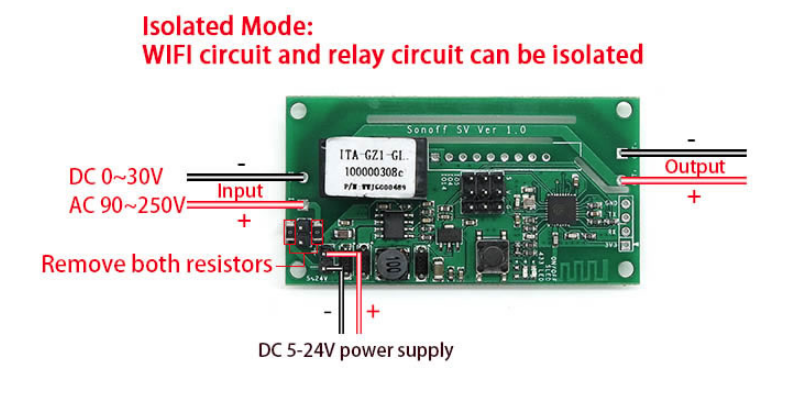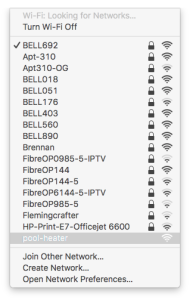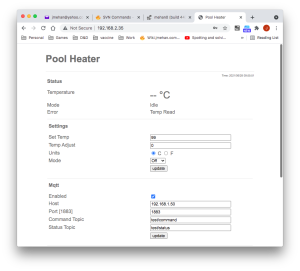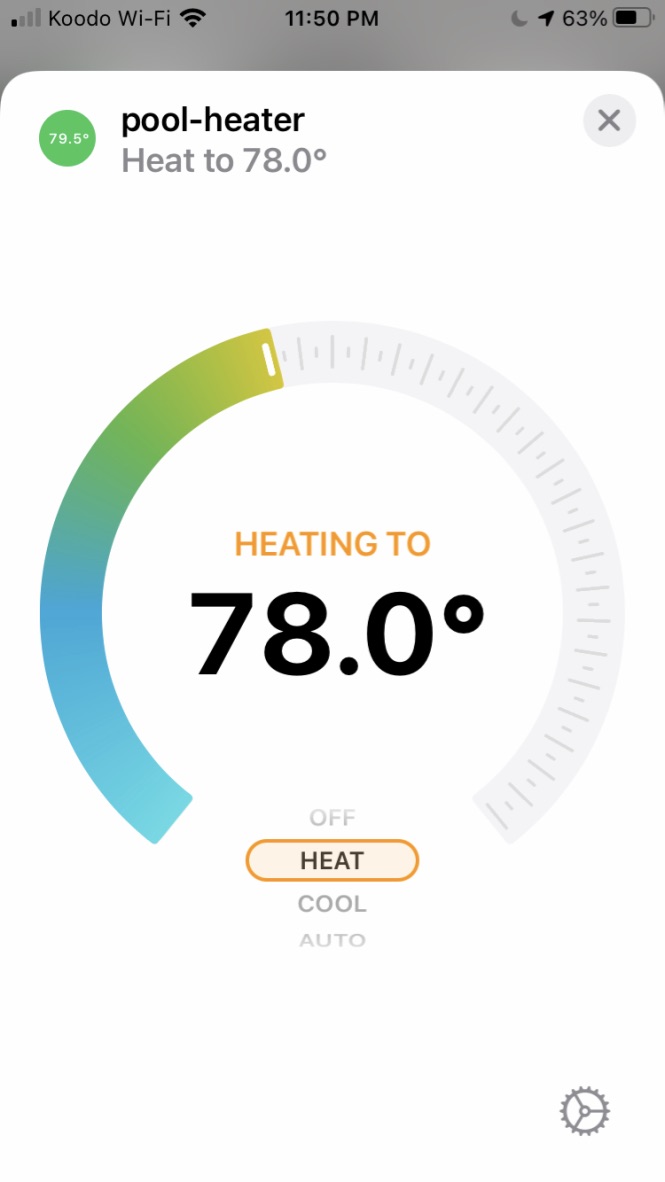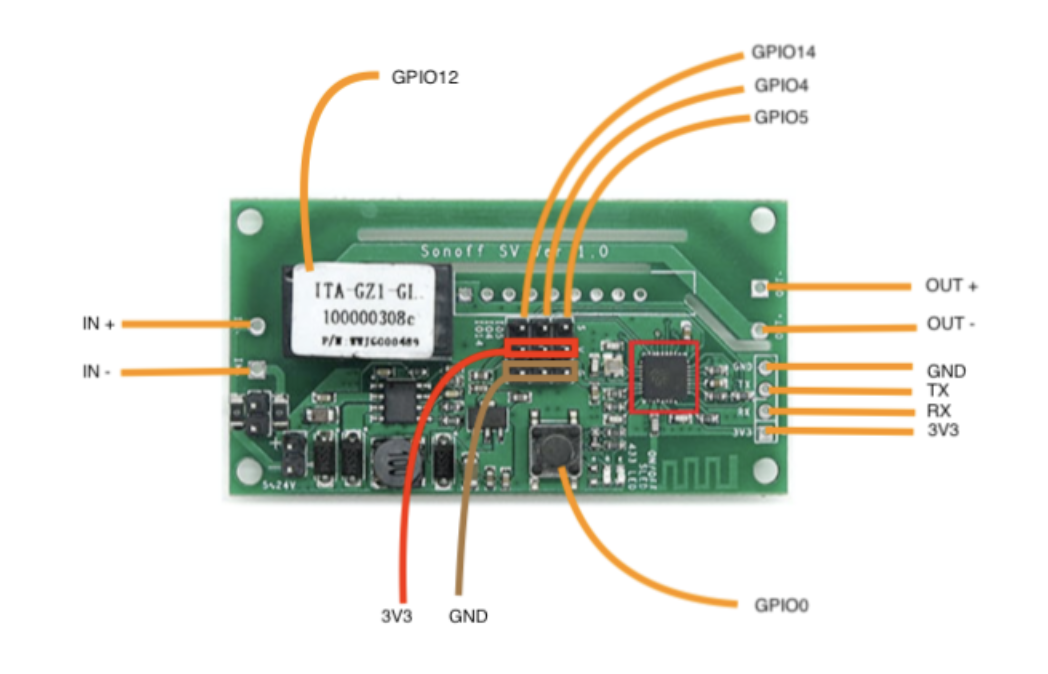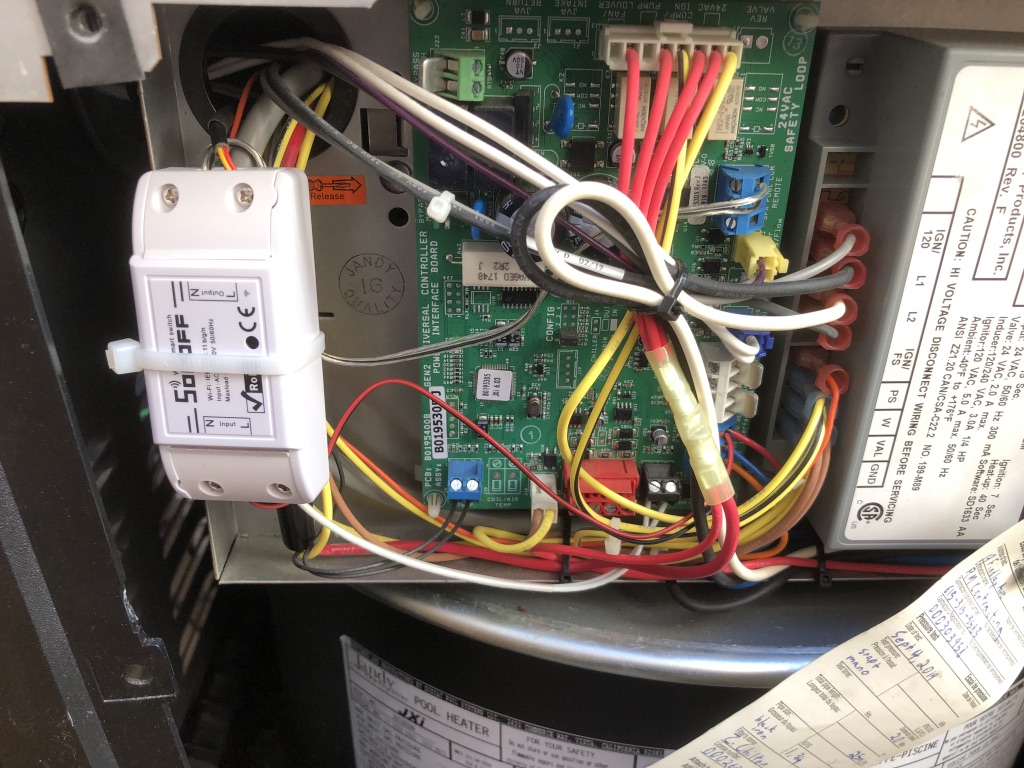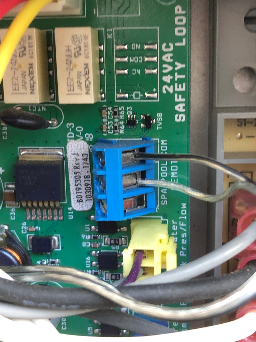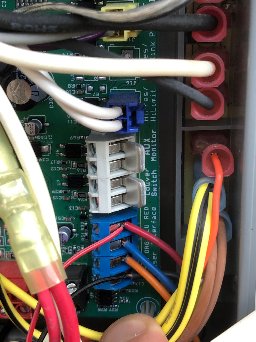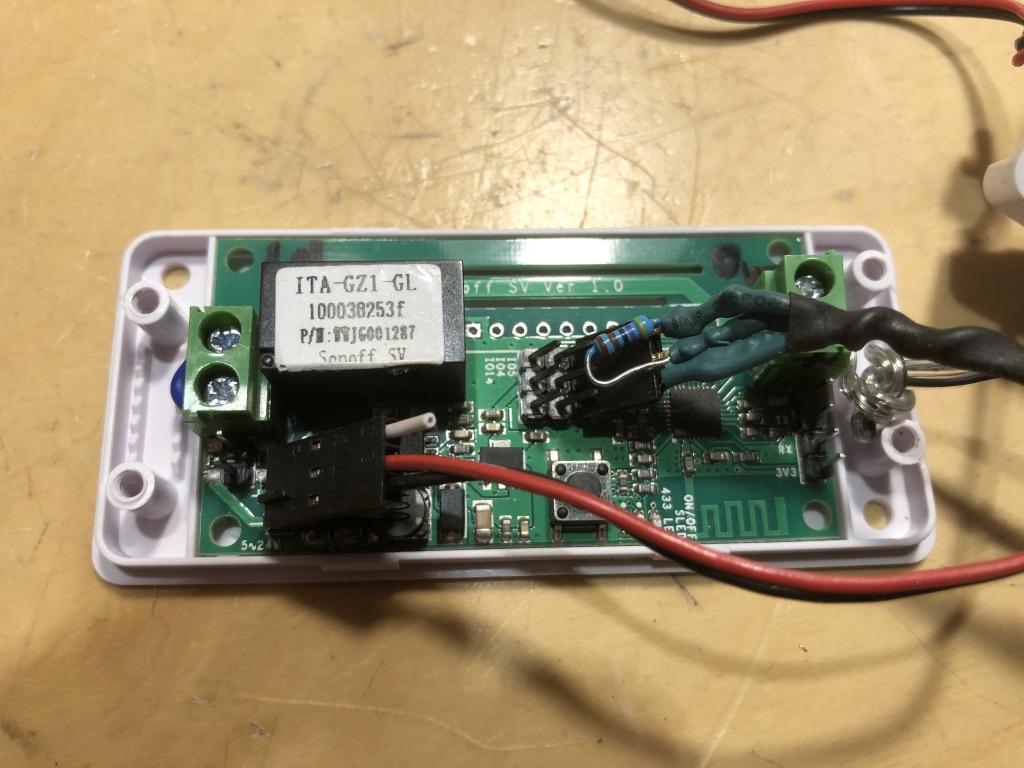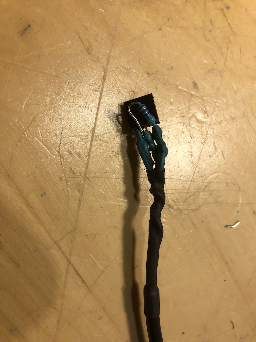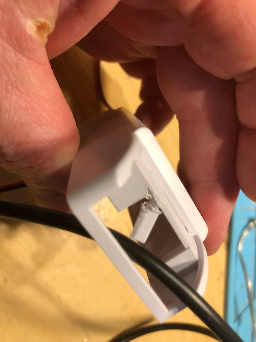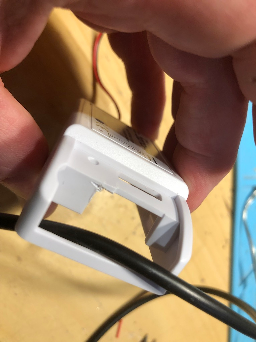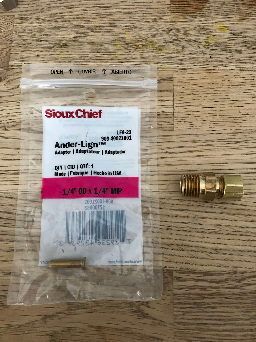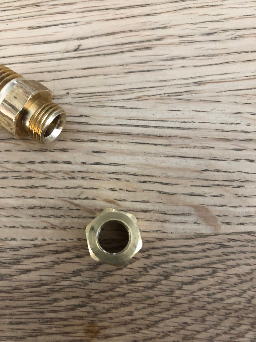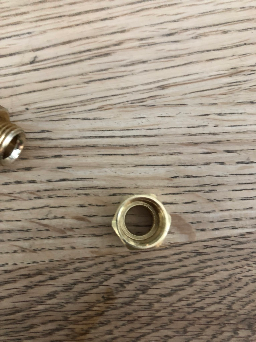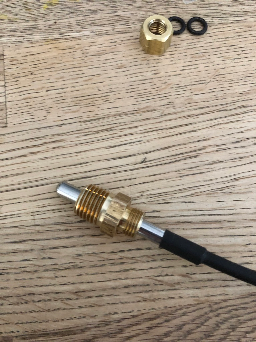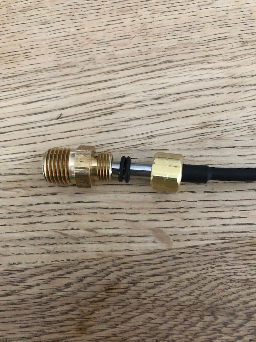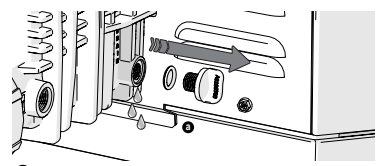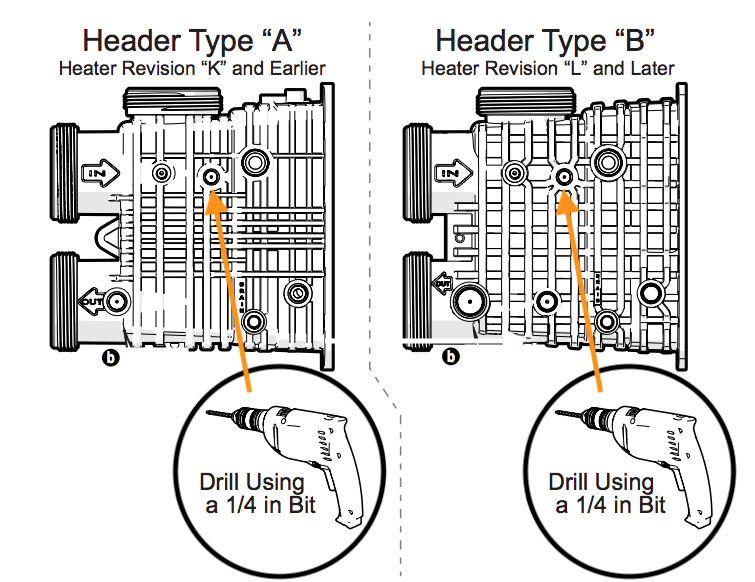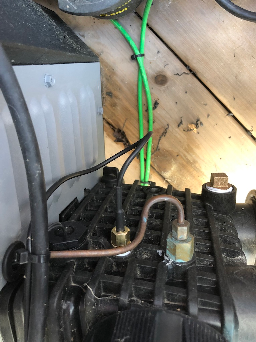Overview
The objective of this project is to control the Jandy pool heater. We can either control the heater using it's REMOTE relays or interface with it's RS485 interface. For now, we are going to use the REMOTE relays.
The equipment we will to interfacing with is the Jandy JXi Gas-Fired Pool and Spa Heater 260N.
Micro Controller
For this solution, we are using a Sonoff SV controller. This is a nice controller since it has everything we need to control the heater's remote relays. Additionally, we can power it from the heater itself since it accepts 5-24 volts input and the heater will supply us with 10v. We are going to use the Sonoff SV in isolation mode by removing the two resisters that would normally supply the power to the controller using the input voltage.
Firmware
Flashing
| Firmware | Download |
|---|---|
| v3.3 |
Once the flashing is complete, it will reboot. You will need to look for pool-heater, in your list of available WIFI networks.
Once connected, navigate to http://192.168.4.1/
From this UI, you can set the WIFI SSID and password for your network. Once it reboots again, you can log into it via http://pool-heater.local/. If that doesn't work, you'll have to find it in your network. Check your router to see if you can find it.
From this UI, you can set the water temperature, mode and units.
This firmware also has a MQTT configuration allowing it to integrate with homebridge. (Requires an MQTT server)
Homebridge Configuration (Optional)
Using the mqtt-thing homebridge plugin, add the following configuration:
{
"accessory": "mqttthing",
"type": "thermostat",
"name": "pool-heater",
"url": "http://192.168.1.50:1883",
"username": "homebridge",
"password": "pass",
"topics":
{
"getCurrentTemperature": {
"topic": "pool-heater/status",
"apply": "return JSON.parse(message).temperature_f;"
},
"getTargetTemperature":{
"topic": "pool-heater/status",
"apply": "return JSON.parse(message).tarTemperature_f;"
},
"getTemperatureDisplayUnits":{
"topic": "pool-heater/status",
"apply": "return 0;"
},
"getCurrentHeatingCoolingState":{
"topic": "pool-heater/status",
"apply": "return JSON.parse(message).state;"
},
"getTargetHeatingCoolingState":{
"topic": "pool-heater/status",
"apply": "return JSON.parse(message).mode;"
},
"setTargetTemperature": {
"topic": "pool-heater/command",
"apply": "return 'setTemp ' + message;"
},
"setTargetHeatingCoolingState": {
"topic": "pool-heater/command",
"apply": "return 'mode ' + message;"
},
"setTemperatureDisplayUnits": {
"topic": "pool-heater/command",
"apply": "return 'tempUnits ' + message;"
}
},
"heatingCoolingStateValues": ["0","1"],
"temperatureDisplayUnitsValues": [0,1],
"minTemperature": 60,
"maxTemperature": 100
},
In the Apple Home App we now have access to our pool heater.
Wiring
Wiring Diagram
Board Pinout
| GPIO | Function |
|---|---|
| 0 | Button |
| 4 | - |
| 5 | Temp |
| 12 | Relay |
| 13 | LED |
| 14 | - |
Wiring Pictures
Temperature Sensor
We are going to add a temperature sensor to the heater so that we can turn the heater on or off based on temperature.
We are going to use
- Waterproof Digital Temperature Temp Sensor Probe DS18b20
- a 1/4″ MIP to 1/4" compression adaptor
- 2x 1/4" o-rings
- teflon tape
For the 1/4" adaptor, some adjustments were needed.
We needed to
- drill out a metal piece on the compression cap in order to get the temperature probe through.
- drill out the body of the adaptor
Once the drilling was done, we were able to pass the thermometer through the adaptor.
We added 2 x 1/4" o-rings for sealing the compression fitting to the temperature probe.
We can add a temperature sensor to the heater's header using the following procedure:
- Turn off the power to the heater
- Remove drain plug from header and allow all water to drain from heat exchanger.
- Locate the threaded port on the inlet side of the header, and find the dimple at the center.
- Use the dimple to center the drill bit. Drill a 1/4 in (6.4 mm) diameter hole through the port. Take care not to damage the plastic threads. TIP: Drilling a 1/8 in (3 mm) diameter hole first will help prevent thread damage
- Wrapped 5-6 turns of PTFE (Teflon) tape around the male threads of the adaptor.
- Thread in your 1/4 inch adaptor into the port. Make sure to get a snug fit. Do not over-tighten.
Configure the Jandy Control Panel
- Make sure the pool heater is OFF.
- Press and hold MENU, then the POOL and SPA buttons for 5 seconds to access Service Setup mode.
NOTE: The display will revert back to OFF 1 minute after the last key press.
- Press Up or Down to display REMOTE.
- Press MENU, REMOTE OFF (default) is displayed.
- Use Up or Down to scroll through the Remote options until HI-LO-COM is displayed, then press MENU to select.
- Press POOL or SPA to exit Service Setup mode
References
| Reference | URL |
|---|---|
| Jandy Heater Manuals | https://www.jandy.com/en/products/heaters/jxi Installation: https://www.jandy.com/-/media/zodiac/global/downloads/h/h0574300.pdf Installation Code Handbook: http://www.tagengineering.ca/wp-content/uploads/2015/02/B149-1handbook.pdf |
